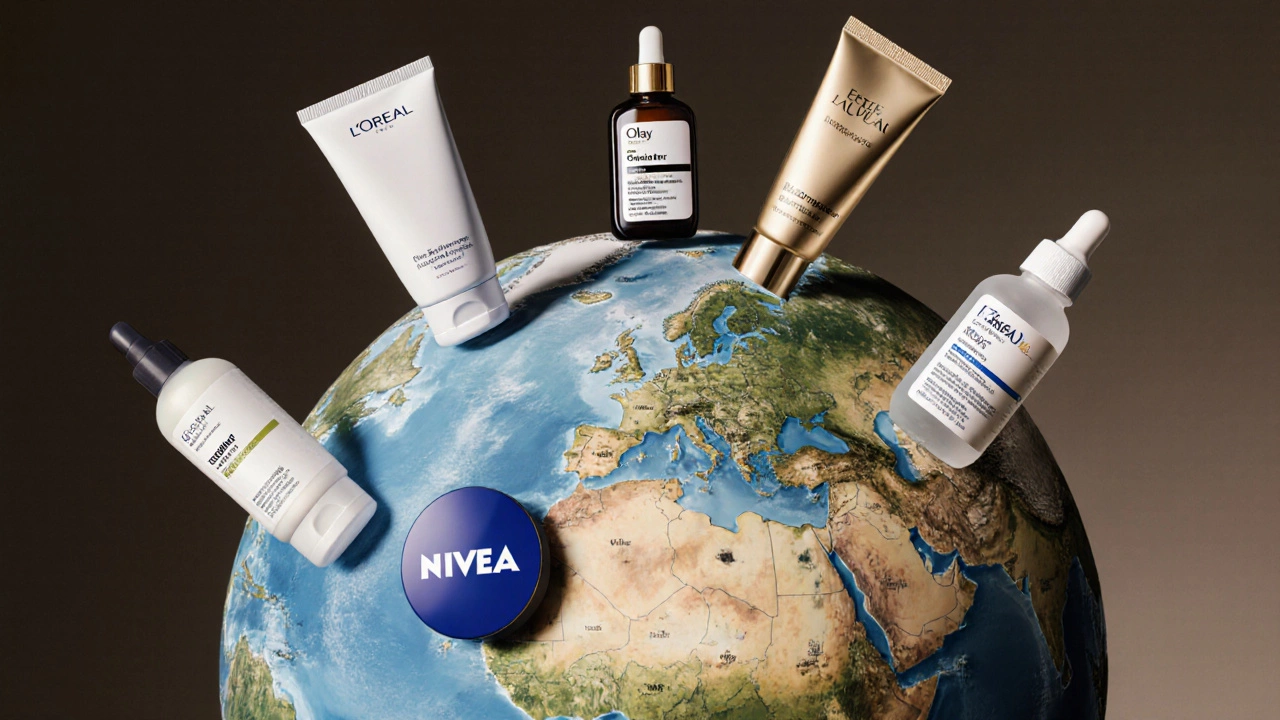Skincare Market Share: Trends, Brands & Consumer Insights
When talking about skincare market share, the portion of total sales or revenue that each skincare brand or product category holds within the overall beauty industry. Also known as beauty market distribution, it helps businesses gauge popularity, growth potential, and competitive standing. Understanding skincare market share is essential for anyone who wants to follow where the money flows and why certain products dominate shelves.
One of the biggest drivers of change comes from beauty subscription boxes, curated monthly services that deliver sample‑sized skincare and makeup products to consumers. The data they collect on who signs up, what they keep, and what they discard offers a real‑time pulse on consumer taste. For example, our post “Who Actually Buys Beauty Subscription Boxes? Demographic Insights for 2025” shows that millennials and Gen Z are the primary spenders, pushing brands that appeal to younger, eco‑conscious shoppers higher up the share ladder.
At the same time, the rise of organic skincare, products formulated with natural, certified‑organic ingredients is reshaping the competitive landscape. As highlighted in “Best Organic Skincare Line for Over 50 – 2025 Guide,” older consumers are leaning toward clean formulas, forcing mainstream brands to launch their own green lines. This shift adds a new segment to the market‑share equation, where ingredient transparency can be worth more than a simple price point.
Another heavyweight in the equation is the anti‑aging market, segmentation focused on products that reduce signs of aging. With aging‑focused products accounting for a sizable slice of total sales, brands that innovate with retinol, peptides, or collagen‑boosting drinks see rapid share gains. Our article “Top Anti‑Aging Drinks: Which One Works Best?” even ties beverage trends to skin‑care buying, showing how cross‑category interest can boost a brand’s overall footprint.
Why Market Share Matters for Brands and Shoppers
Knowing the share of each brand isn’t just for CEOs—it matters to shoppers, too. When a brand climbs the ranks, retailers often expand shelf space, making the product easier to find. Conversely, a falling share can signal a formula change, price hike, or a shift in consumer trust. Articles like “Top Skincare Brands: Expert Guide to Choosing the Best for Your Skin” and “Why Eminence Skincare Costs So Much – Explained” illustrate how price, performance, and perception intertwine to push share numbers up or down.
Geography also plays a role. In the UK, pricing guides such as “How Much Should You Spend on a Facial? Pricing Guide 2025” reveal regional spending patterns that affect local brand performance. Meanwhile, “What Hair Length Is Most Attractive?” reminds us that beauty standards differ by culture, influencing which products gain traction in specific markets.
Finally, the market isn’t static. Emerging trends like “Youthful Drinks: What to Sip for Glowing, Younger‑Looking Skin” or “Vitamin Deficiency That Causes Sagging Skin – What You Need to Know” can create sudden spikes in demand for certain ingredients, instantly reshaping share charts. Brands that monitor these signals and adapt quickly tend to capture a larger slice of the pie.
Below you’ll find a curated collection of articles that dive deeper into the forces shaping skincare market share—from brand performance and price breakdowns to consumer demographics and product innovations. Whether you’re a brand strategist, a skincare enthusiast, or just curious about why certain products dominate the shelves, the posts ahead will give you the data, stories, and actionable tips you need to understand the ever‑shifting beauty landscape.

